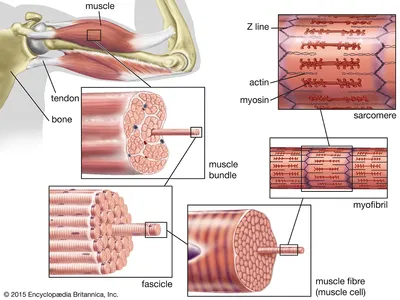9 Fun Facts About Sleep

The Necessity of Sleep Sleep researcher William Dement once claimed that the national sleep debt is a greater threat to the United States than the national monetary debt. Most people do not get an adequate amount of shut-eye. In a 2009 poll, 20 percent of Americans reported getting less than six hours of sleep per night. Why do we need sleep? The answer seems obvious. Without it, we become walking zombies, propelled through the day by caffeine and weary determination alone. Though no definitive answers exist concerning its precise purpose, sleep is believed to help restore body tissues and assist in the growth process. Circadian Rhythm It’s Saturday morning—your one day to sleep in. To your dismay, you wake at the time your alarm normally goes off and have trouble getting back to sleep. That happens because your body is acting in accordance with its biological clock, or circadian rhythm (from the Latin circa , “about,” and dies , “day”). A region of your brain called the hypothalamus

